On 14 February, the European Parliament adopted a ban on new internal combustion engine cars as of 2035. This ban was originally proposed by Commission Vice-President Frans Timmermans. Just before the vote, Mr Timmermans made a fervent plea for the car industry. This prompted LEVA-EU to send him an open letter requesting an equally fervent plea for the LEV-industry.
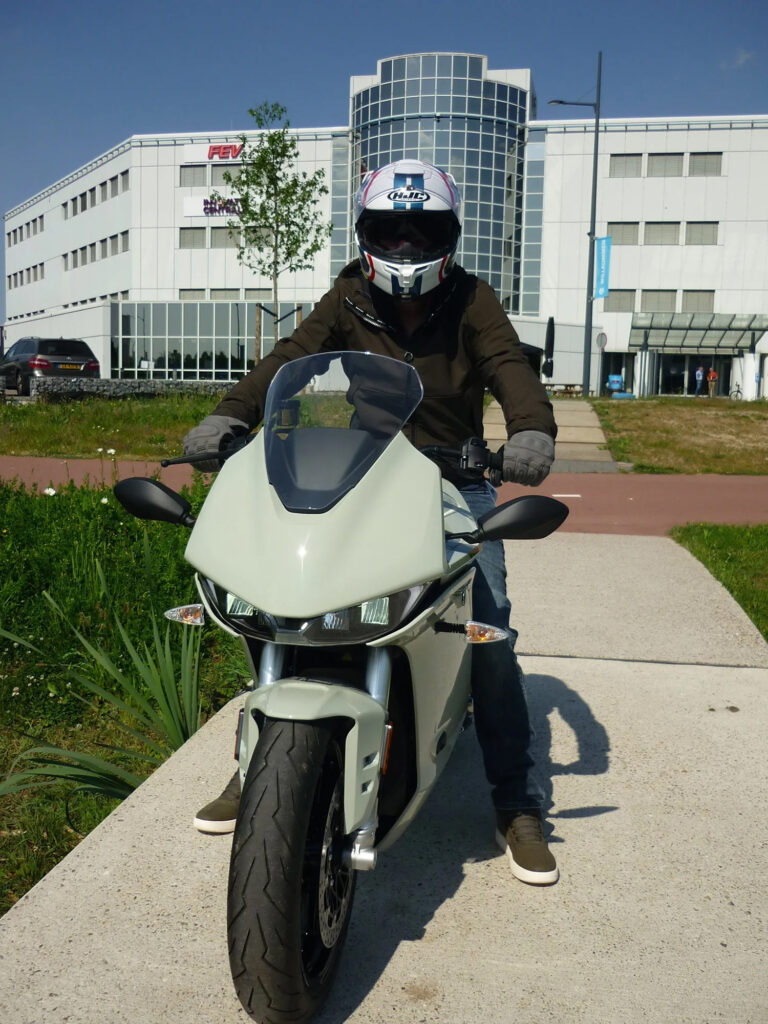
Guy Salens, THE PACK ‘Electric Motorcycle News’: “I strongly concur with Annick Roetynck, LEVA-EU Manager, on the need to promote wider uptake of LEVs. And to call for a systematic uniform application of the term Light Electric Vehicle (LEV) or Light Electric Mobility (LEM) in European policy and legal texts. To make a public statement of our stance, I’m publishing this open letter in its entirety on our website. We’ve been passionate advocates of the use of LEVs for some time now and we’re at the forefront of this groundbreaking industry. The privileges that come from their utilization are vast so I’d like to invite Mr Timmermans to join us on a scenic excursion to experience first-hand all that LEVs have to offer.”
Open letter to Mr Frans Timmermans, Vice-President of the European Commission
Dear Mr Timmermans,
Congratulations on the European ban on internal combustion engine cars from 2035, approved by the European Parliament on 14 February. This is undoubtedly an important step in reducing emissions in the fight against climate change.
At last year’s Polis conference in Brussels, you wished participants “great mobility solutions shared by all“. And you promised to “support us in any way you could to make it happen“. LEVA-EU, the European trade association for companies in the light electric vehicle (LEVs) sector, hereby calls on you to honour that promise now.
You said in the European Parliament on 14 February that the future lies in electrification. LEVA-EU agrees with you as far as electrification is concerned. However, electrification alone is not enough. The future is electric AND light.
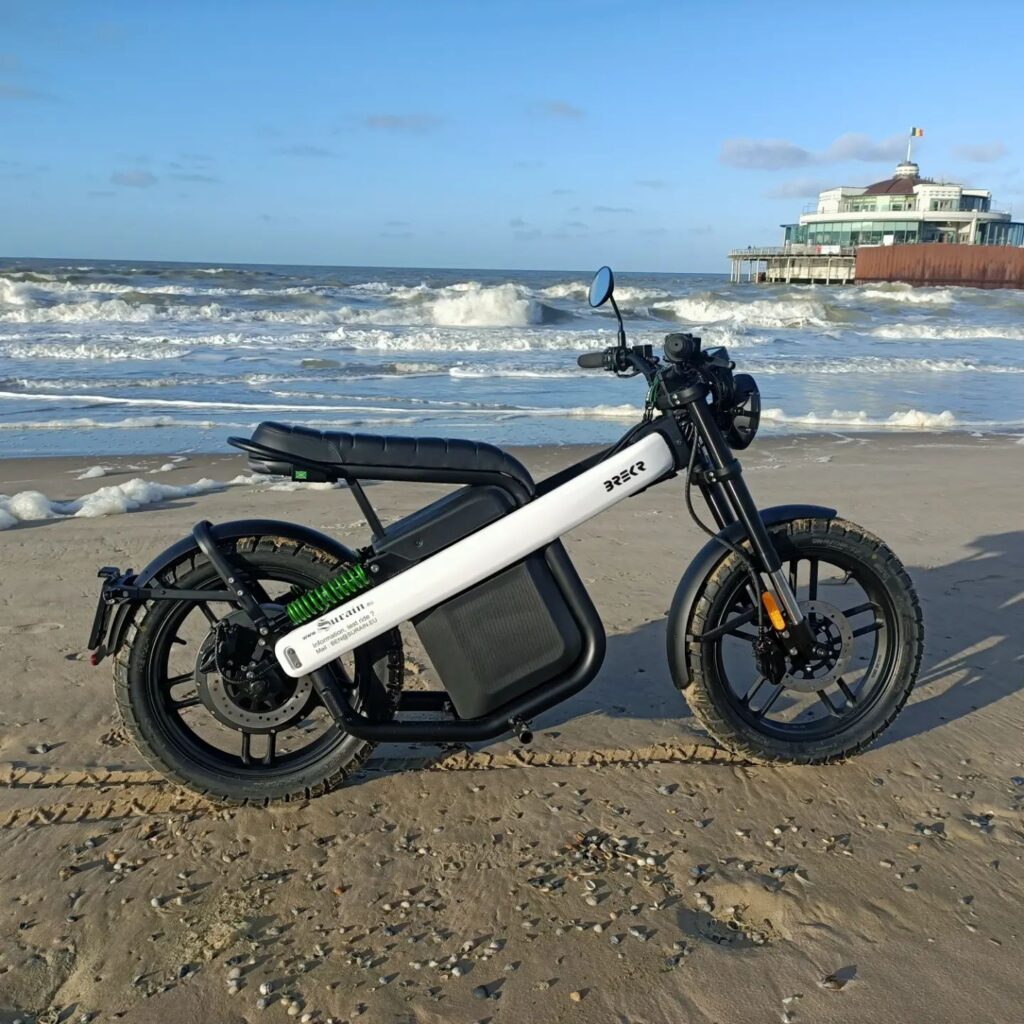
Indeed, electric cars offer zero emissions at the tailpipe. However, life-cycle analysis yields a less positive result. The production of electric cars results in higher emissions than those of combustion engine cars.
You can read this on page 28 of the attached report LEV4Climate, which LEVA-EU commissioned from DLR last year. The same report also shows the huge potential of LEVs to reduce greenhouse gas emissions. LEVs can replace 77% of all car trips according to DLR’s theoretical model, which would result in 44% less CO2 equivalent. The trips for which LEVs replace cars would even save 88% emissions compared to a situation where all trips are done by car.
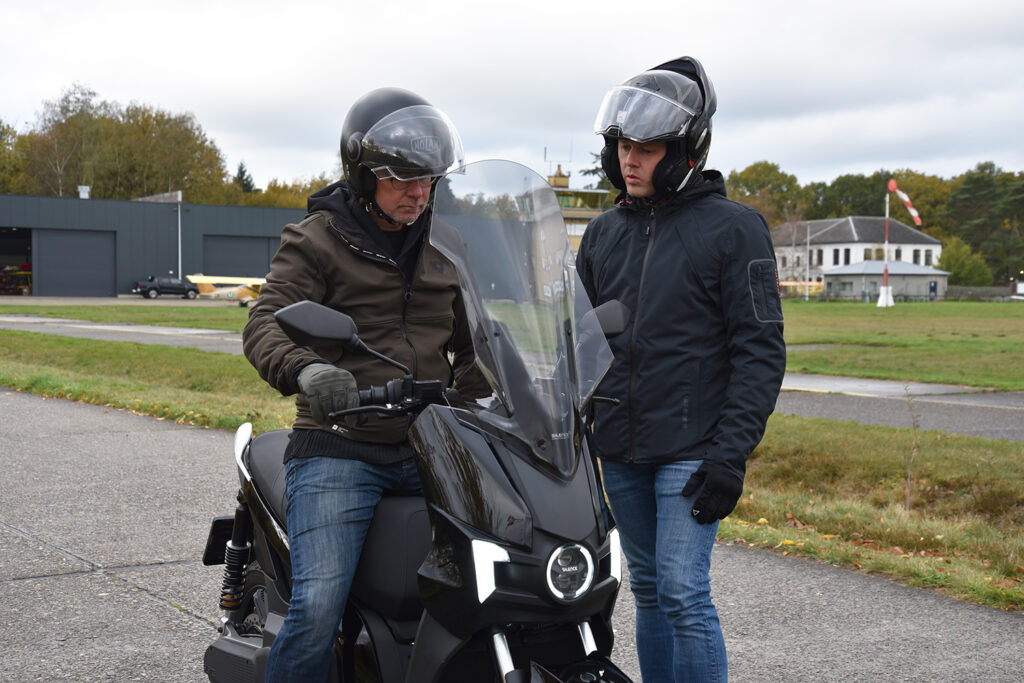
LEVs are not futuristic concoctions. There is a diverse range on the market that appeals to very different target groups. LEVs are all electric vehicles covered by Regulation 168/2013 and all electric vehicles excluded by Article 2.2 of that Regulation. The DLR survey used 9 different LEV types that are already on the market or will become available very soon. It is clear from the overview on pages 5 and 18 of the study that the world is already far beyond the bicycles and micromobility that the European Union still talks about by default.
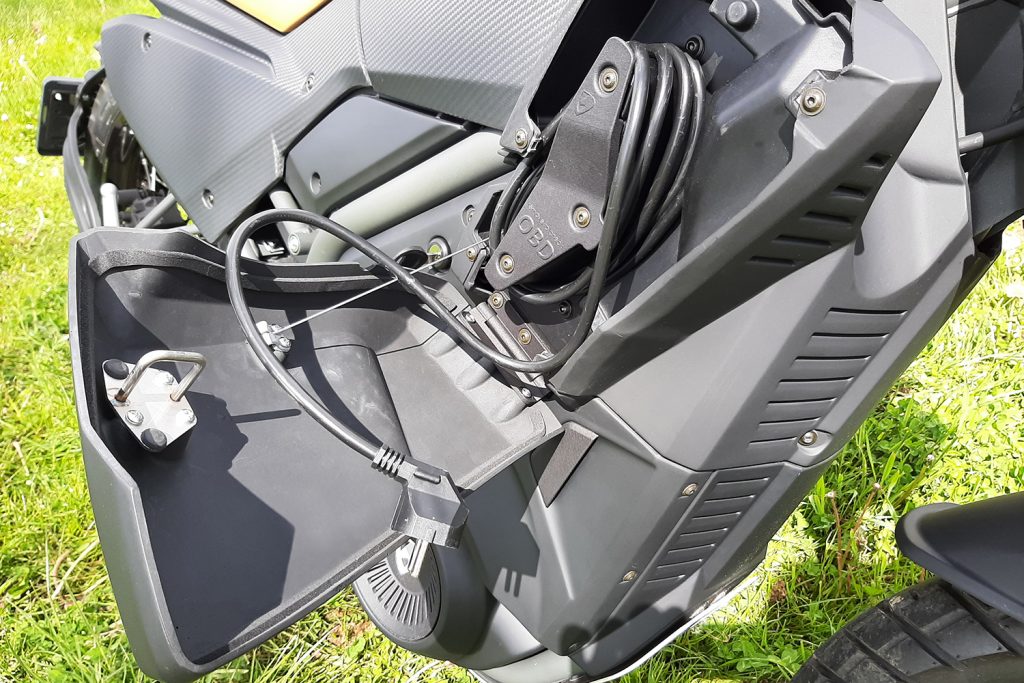
LEVA-EU calls for a systematic uniform application of the term Light Electric Vehicle (LEV) or Light Electric Mobility (LEM) in European policy and legal texts. The EU now juggles terms for which there is no uniform definition such as micromobility, active mobility, light means of transport (LMTs), personal mobility devices (PMDs), … The lack of a harmonised and consistent designation for this sustainable mobility solution leads to catastrophic mistakes for LEVs in legislation, as happened recently with the future Machinery Regulation and the future Battery Regulation. Introducing the concept of LEV or LEM can help solve and/or avoid that problem.
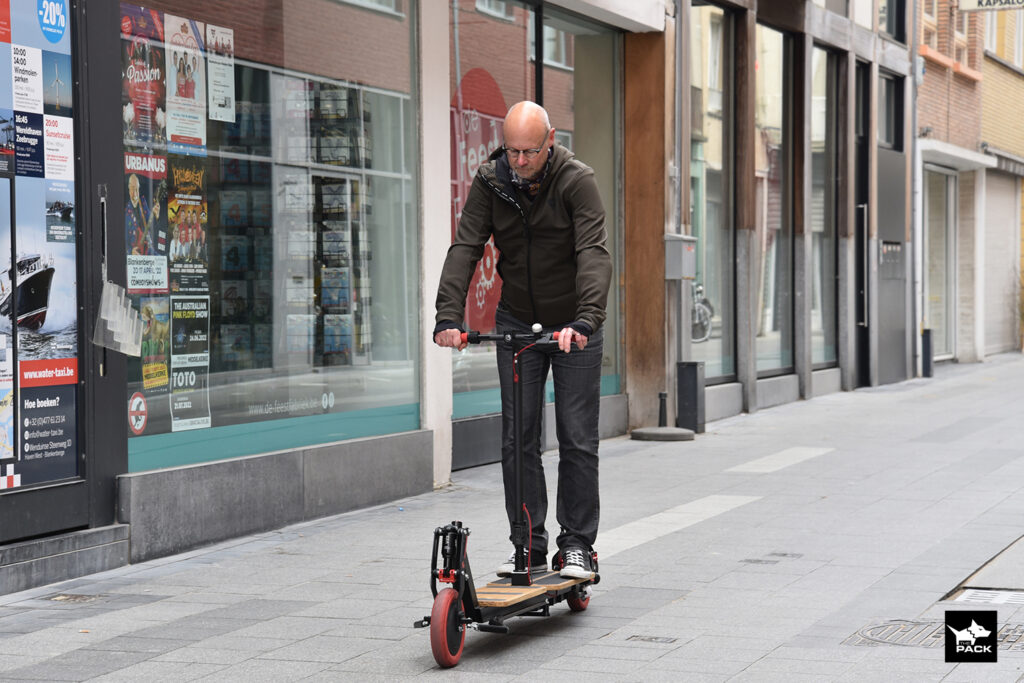
Besides emission reduction, LEVs offer all kinds of other advantages over cars: much less space occupation, more traffic safety, much better for public health, much more social (they contribute to social inclusion, for example), …
In the European Parliament, you also said, “We need to provide regulatory clarity to the car industry so that they know in which direction to move: that of zero emissions at the tailpipe.“
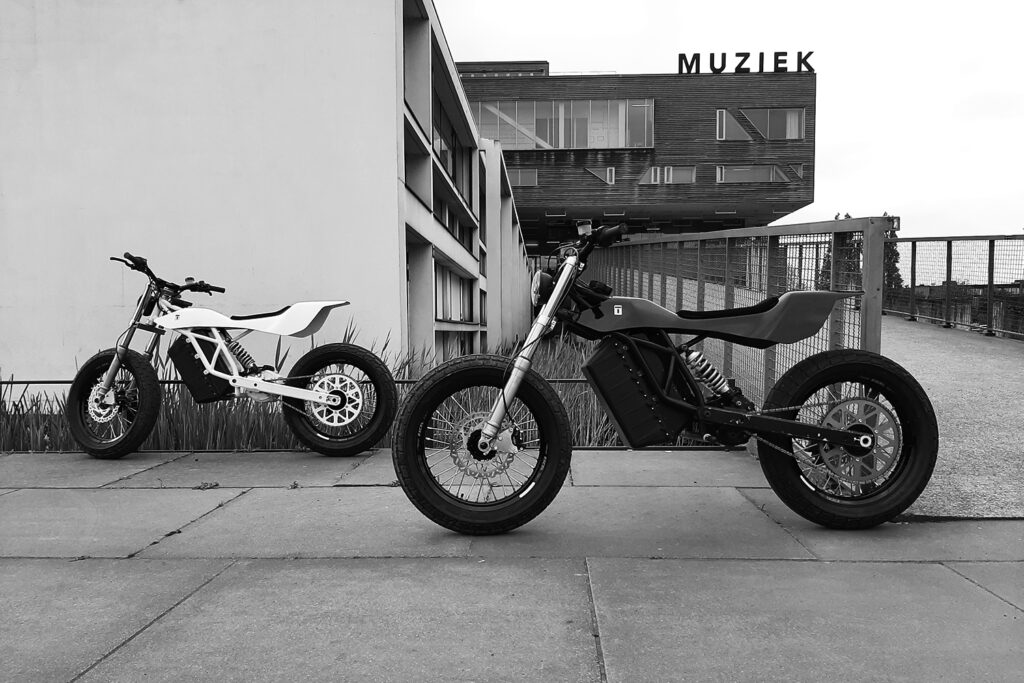
Now that the European Union has assured that regulatory clarity to the automotive industry, we hereby officially ask you to really work on regulatory clarity for the European LEV industry.
That industry is currently hampered by inadequate, European legislation especially in terms of technical rules and international trade to the extent that LEV companies are forced to “remain stuck in the past“. This industry deserves as fervent a plea as the one you made for the car industry in Parliament.

Numerous obstacles prevent this industry from looking to the future. We will give you just two of many concrete examples.
Electric bikes that are also propelled by the motor alone and scooters with saddles cannot currently enter the market. Europe has an estimated 87 million people with some kind of disability. Consequently, this means that European legislation denies millions of citizens access to vehicles that are not only environmentally friendly but could also significantly improve their quality of life.
European cities are turning en masse to electric cargocycles to make urban logistics more sustainable. In cities with hilly terrain, those electric cargocycles are needlessly hampered in their development by European regulations and conservatism. As an example, LEVA-EU has been in discussion with the European Commission for five years about the legal status of an innovative chainless system for those cargo bikes. The patience of international postal companies and distributors is gradually running out. Without legal certainty, they will not swap polluting vans for eco-friendly cargocycles.
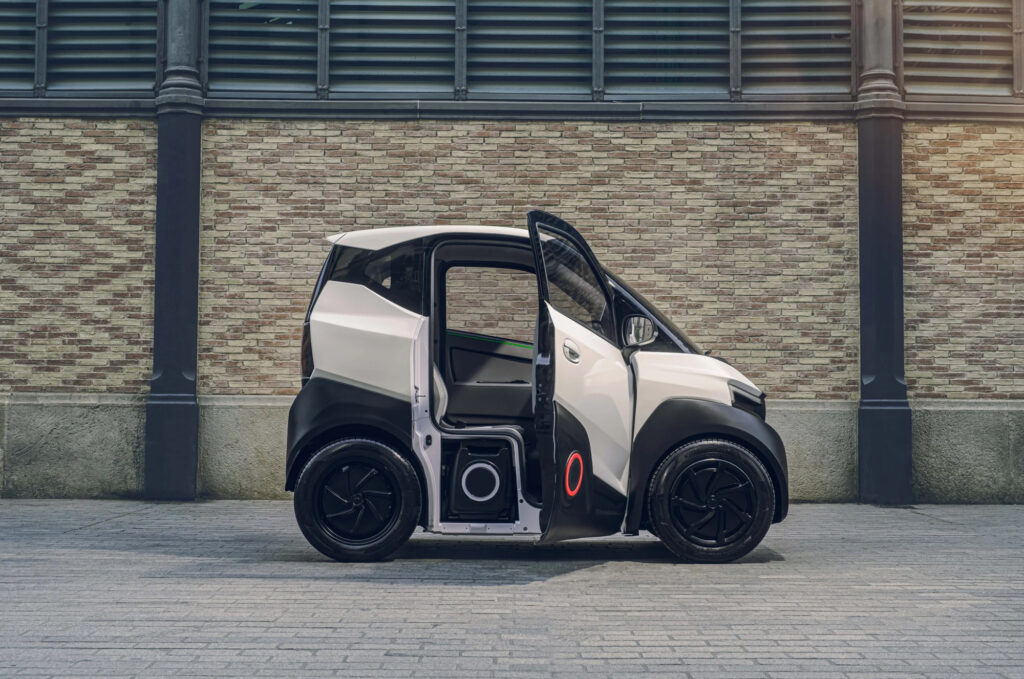
Not to mention electric scooters that are not allowed on public roads in the Netherlands, L7 microcars denied the subsidies that electric SUVs enjoy in Germany, speed pedelecs subjected to an EMISSION TEST in their type-approval, and so on and so forth.
Specifically, we request that you initiate consultations with LEVA-EU as soon as possible in which we will provide you with all further details on the obstacles that currently prevent LEV companies from looking to the future. Moreover, we can immediately provide you with solutions to overcome these obstacles. This is a first, necessary step to provide “regulatory clarity” for the LEV sector as well, to enable them to move in the direction of very significant emissions reductions and of true, sustainable mobility.
We look forward to engaging with you and your services as soon as possible.
In anticipation of your response, we remain,
Yours sincerely,
Annick Roetynck,
LEVA-EU Manager
About LEVA-EU
Established in 2017, LEVA-EU is the only trade association in Europe to work exclusively for Light Electric Vehicles (LEVs). The Light Electric Vehicle Association in Europe (LEVA-EU) represents the strategic interests of light electric vehicle distributors, manufacturers and suppliers to promote the development, sale, and use of LEVs in the EU. The organization aims at raising awareness and promoting the European LEV-sector vis-à-vis the European Institutions. LEVA-EU has over 80 members in outside the EU. The members’ list is here >